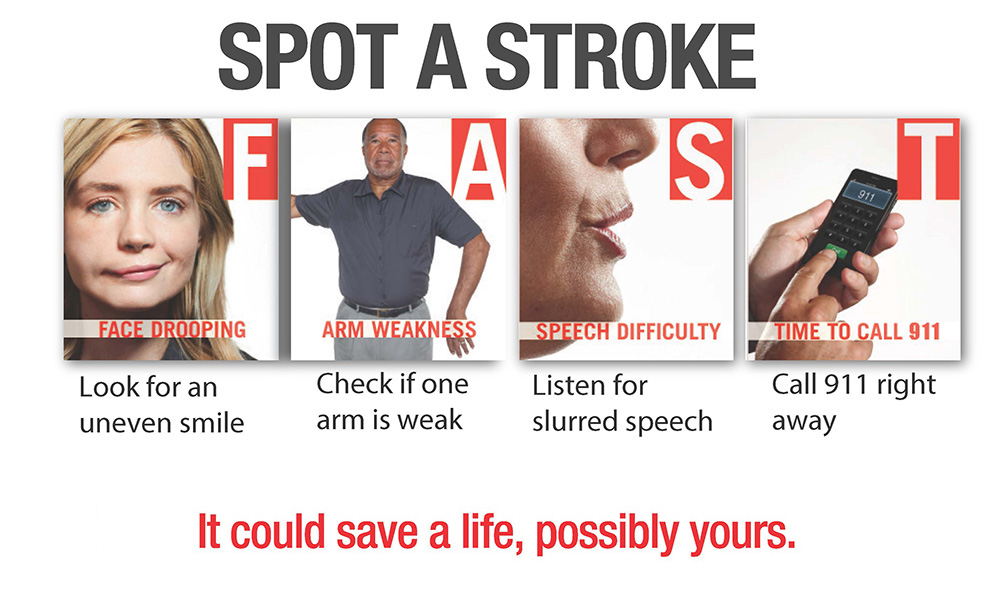According to the Centers for Disease Control (CDC), more than 795,000 people in the United States suffer from stroke each year. In fact, stroke causes nearly 130,000 American deaths each year. Equally concerning is the fact that the incidence of stroke is increasing significantly among people between the ages of 40 and 60 years of age. Time from onset to treatment is critical for anyone suffering a stroke.
A stroke is when blood flow to an area in the brain is blocked. When this occurs brain cells are deprived of oxygen and begin to die. Depending on which area of the brain is deprived of oxygen and for how long will determine the effects of the stroke. Whilst some people do recover fully from strokes approximately 2/3 usually have some form of disability.
Symptoms
Hemorrhagic Stroke
A hemorrhagic stroke occurs when a brain aneurysm bursts or a weakened blood vessel leaks. When blood leaks into or around the brain the increased pressure and swelling damages brain cells and tissue. Whilst less common their effects are often more devastating and may result in death.
Hemorrhagic strokes are further categorized into
- Intracerebral Hemorrhage: A blood vessel inside the brain bursts and leaks blood into the surrounding brain. High blood pressure and aging are the most common causes however an arteriovenous malformation (AVM) may also lead to intracerebral hemorrhage.
- Subarachnoid Hemorrhage: The bleeding occurs in the area between the brain and its protective layer called the subarachnoid space. Most often occurs as a result of a burst aneurysm but other causes include AVM, head injury, bleeding disorders or blood thinners.
Ischemic Stroke
An ischemic stroke occurs when a blood clot blocks a blood vessel carrying blood to the brain.
Ischemic Strokes are further categorized into:
- Embolic Stroke: A blood clot or piece of plaque that forms in another part of the body, often the heart moves to the brain and blocks a blood vessel.
- Thrombotic Stroke: a blood clot forms in a blood vessel that supplies blood to the brain. Usually occur as a result of high cholesterol and atherosclerosis. May be classified as large vessel or small vessel thrombosis
Transcient Ischemic Attack (TIA)
A TIA, also known as a mini stroke occurs when blood flow to the brain is temporarily blocked or reduced.
Usually caused by:
- Low blood flow
- A blood flow originating in another part of the body moves to the brain and blocks
- Narrowing of the blood vessels in the brain.
Treatment
Getting treatment as early as possible is very important and may play a major role in the effects of the stroke. Treatment options will be determined by the type and cause of the stroke.
Ischemic Stroke:
- Medications to dissolve the clot (t-PA, aspirin or antiplatelets)
- Surgical removal of the clot. Carotid Endartectomy
Hemorrhagic Stroke goal is to stop/minimize the bleeding, and reduce pressure in the brain.
- Medications to control blood pressure, brain swelling, blood sugar levels, fevers or seizures.
- Surgery:
- if due to aneurysm rupture, endovascular embolization or craniotomy aneurysm clipping
- If due to AVM, remove or block AVM
- If pressure in brain is too high, remove excess blood with a VP Shunt.
References: American Association of Neurological Surgeons, Barrow Neurological Institute, National Institute of Neurological Disease and Stroke, National Institute of Health, National Stroke Association.


